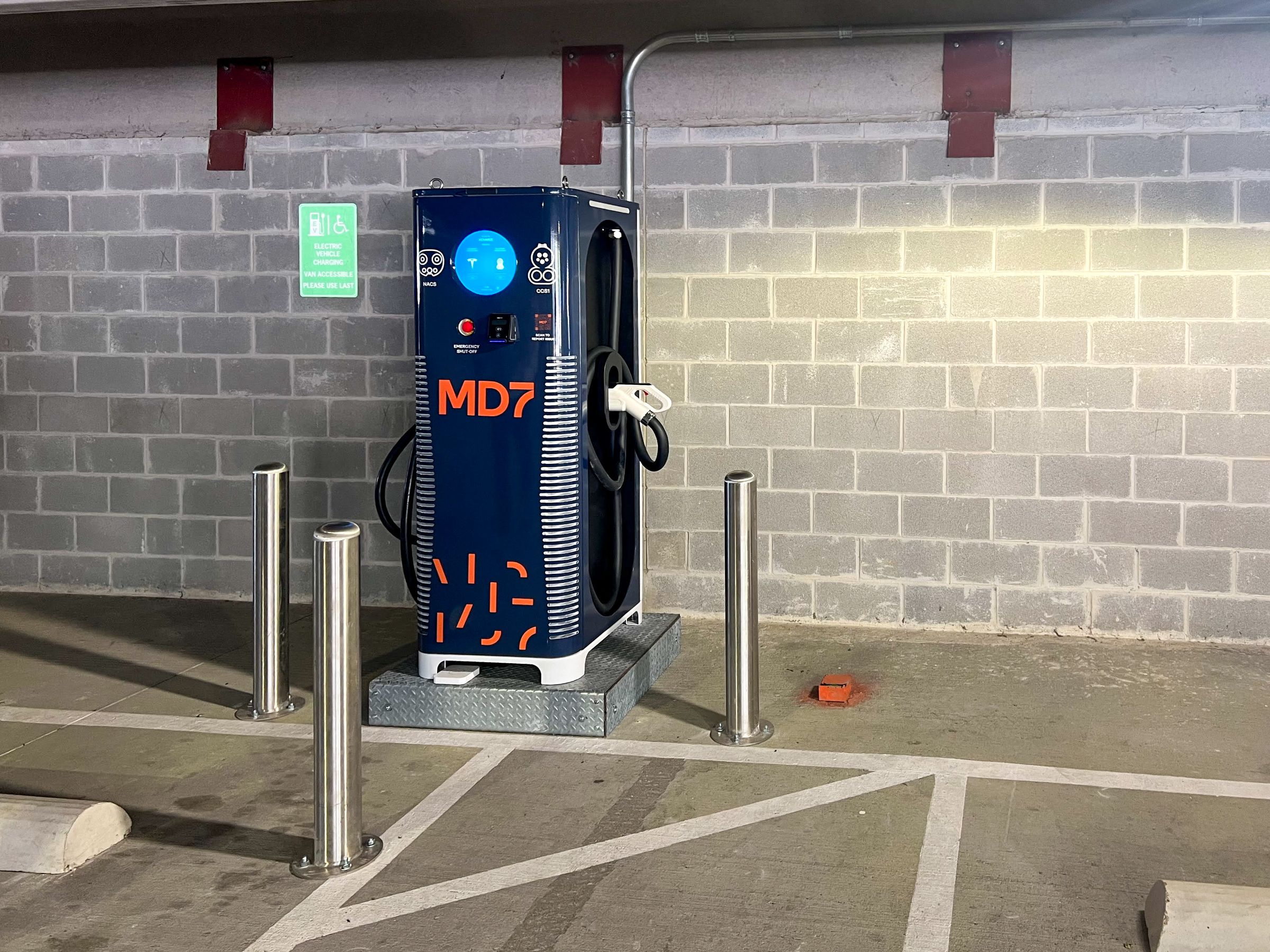Snapshot of the Small Cell Market – Jurisdictions
Most in the industry tend to picture small cells as an “easier project,” due to the nature of the technology and build. It is logical, as typically, small cells commonly consist of few smaller antennas and RRUs, that are placed on either a light pole or utility pole in the public ROW, or possibly concealed on a building. However, what is sometimes overlooked is many jurisdictions have finally become accustomed to zoning and permitting for a macro site. Throw small cells into the mix and numerous jurisdictions simply do not know how to move forward with such a site.
Additionally, ownership rights of the poles that are in the ROW can vary greatly. Sometimes ownership of the poles is with the power companies, but in many cases, the jurisdictions themselves own the light poles, and some have partial ownership of the utility poles. Revenue opportunities await jurisdictions who have ownership of the poles, but at a lower pay point than rent involved in a macro site. The attachments fees associated with the poles can be in the hundreds of dollars (or less) on an annual basis per pole, as opposed to sometimes in the hundreds to thousands per month on a typical macro site. Rent is also inconsistent amongst the jurisdictions and at times, the jurisdictions look to one another for guidance in negotiations.
State legislation currently being considered across the country looks to regulate jurisdictions’ authority in the rents charged when the jurisdiction is the pole owner, as well as limit zoning and permitting power. Most recently in California, the long awaited SB 649 was vetoed by the Governor which essentially allows the jurisdictions higher bargaining power regarding the rents and the permitting process in the ROW. It remains to be seen if other states’ legislation is successful from a carrier standpoint.



